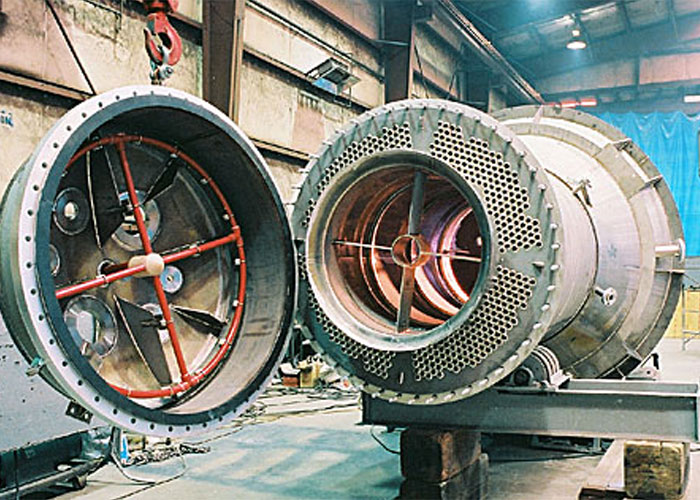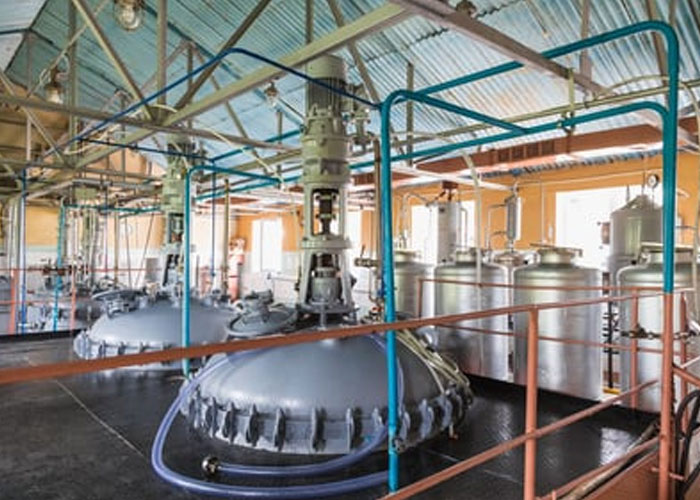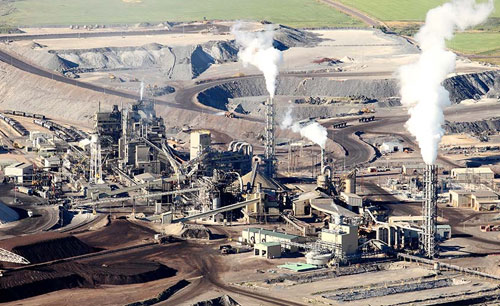In phosphoric acid production, efficient liquid-solids separation is important to obtain a high-quality phosphate acid. Efficient liquid-solid separation can be achieved with a variety of technologies. One of them is the use of draft tubes and baffles to control the flow velocity of the slurry. In addition, the composition of the slurry varies depending on the phosphate rock composition. Properly balancing the factors in the slurry is essential for achieving complete phosphate rock breakdown.
Depending on the location of your home, you might have to purchase an STP to handle your sewage. Generally, residential buildings need at least one STP to treat sewage. Many STPs are located underground, making them difficult to maintain. Moreover, you may not be able to inspect them without hiring an expert. It is better to consult a professional if you have any doubts about the process.
Clarifiers remove fine gypsum
Phosphoric acid production requires the removal of ultra-fine gypsum and gangue material. Traditionally, gypsum and gangue were removed by using media filters. However, these filters quickly failed due to the rapid formation of gypsum scales. To overcome this problem, various approaches and chemicals were developed. Unfortunately, these methods could not prevent the gypsum from forming scales, resulting in the abandonment of the process.
Residence time in the fines reactor
Fines reactors are designed to separate fine solids from the P2 O5 solution in leach circuits. The residence time of P2 O5 in these reactors varies depending on the solids being treated. The residence time should be sufficient to extract P2 O5 completely. Regular monitoring of P2 O5 in the overflow stream of the reactor should be performed to determine the optimal residence time.

The residence time in the fines reactor is important for efficiently separating the liquid and solid phases of the phosphoric acid production process. In the presence of dissolved impurities, the residence time is shorter than for coarse solids. A suitable countercurrent system combines centrifuges, belt press filters, and decantation.

The fines solids in the fines reactor originated in the leach circuit but can also originate from other stages of the process. For example, they can be obtained from overflow from other reactors or decanted liquid from classifiers.
Effectiveness of selective precipitation
The process of selective precipitation involves evaporation of the solids in the process. This process involves using different catalysts for different applications. Nickel is the most common catalyst, but other catalysts, including copper/chromium combinations and platinum, can also be used. The most effective catalyst is palladium, which is more selective than a nickel. However, palladium tends to produce higher amounts of trans isomers. In addition, this method requires more control of selectivity.
Zirconium precipitation can produce false-positive results if NAPE or lysoNAPE are present in the samples. However, these compounds have very small amounts of radioactivity and contribute less than 1% of the radioactivity detected by LSC. Therefore, running a TLC plate on the selected samples is necessary to eliminate the false-positive result.
The degree of selectivity depends on the amount of hydrogen adsorbed on the solid surface. The most stable emulsion is formed when the angle of contact is 90o. In addition, the concentration of amphiphilic molecules and the chain length of the amphiphilic compounds significantly impact the stability.







































Share Post